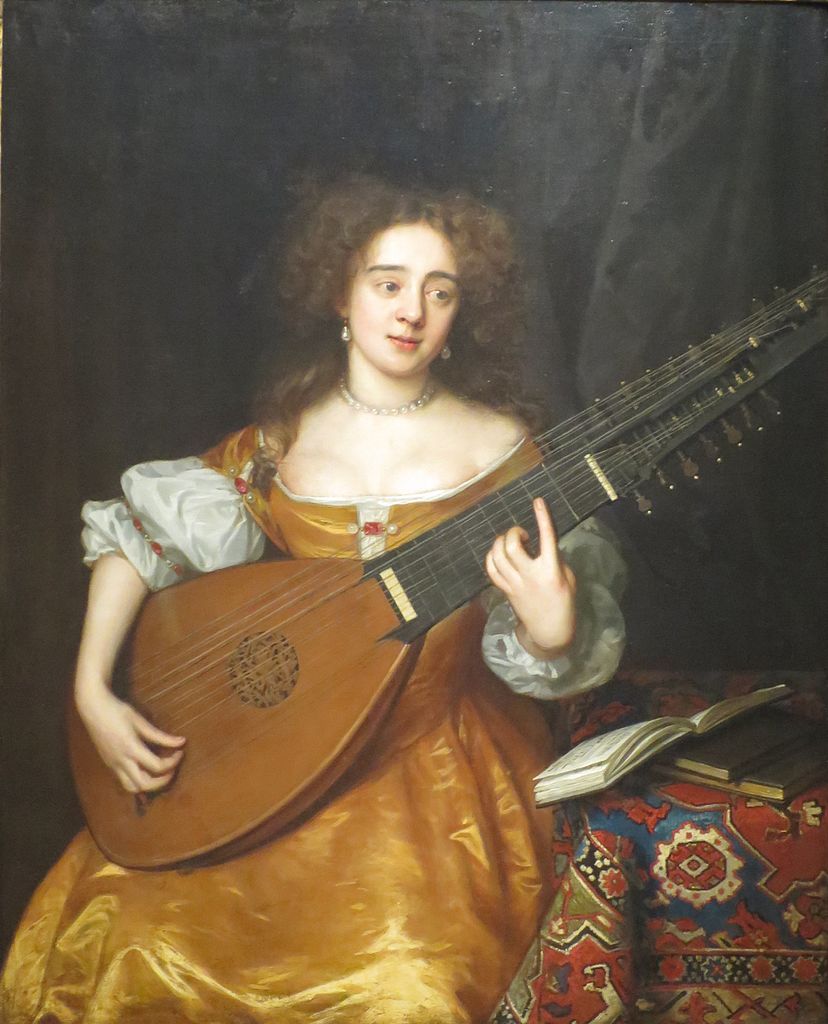Visée, Prelude & Chaconne

If you’re still cooped up at home and have run out of things to keep you busy, you might want to dust off your theorbo and imagine that your house is actually the palace at Versailles. If, like me, you never acquired a theorbo, then you still probably have a guitar stashed away in some closet. It won’t have as many strings or as wide a range as a theorbo, but the guitar is a little easier to handle.

Robert de Visée (c. 1655 – 1732/33) spent his entire career in the King’s service at Versailles composing, singing, and playing the guitar and theorbo. He was the Louis XIV’s guitar teacher. His surviving works are mostly contained in two collections of suites for guitar. His compositions for theorbo are also in the form of Baroque suites and mostly duplicate the guitar works. Visée also had to work the night shift, playing the guitar at the King’s bedside.
The theorbo actually belongs to the lute family. Lutes differ from guitars in several respects. Lutes come in a variety of sizes; there is no set standard. Lutes have strings in pairs, each pair tuned in octaves or in unison (rather like a 12-string guitar). And lutes are tuned differently from the guitar. But you can easily recognize a lute by tortoise-shell shape. The theorbo adds an additional set of strings in the lower register. It has two pegboards, one for the higher-pitched strings that sit over the fretboard, and one for a lower-set of open strings.



